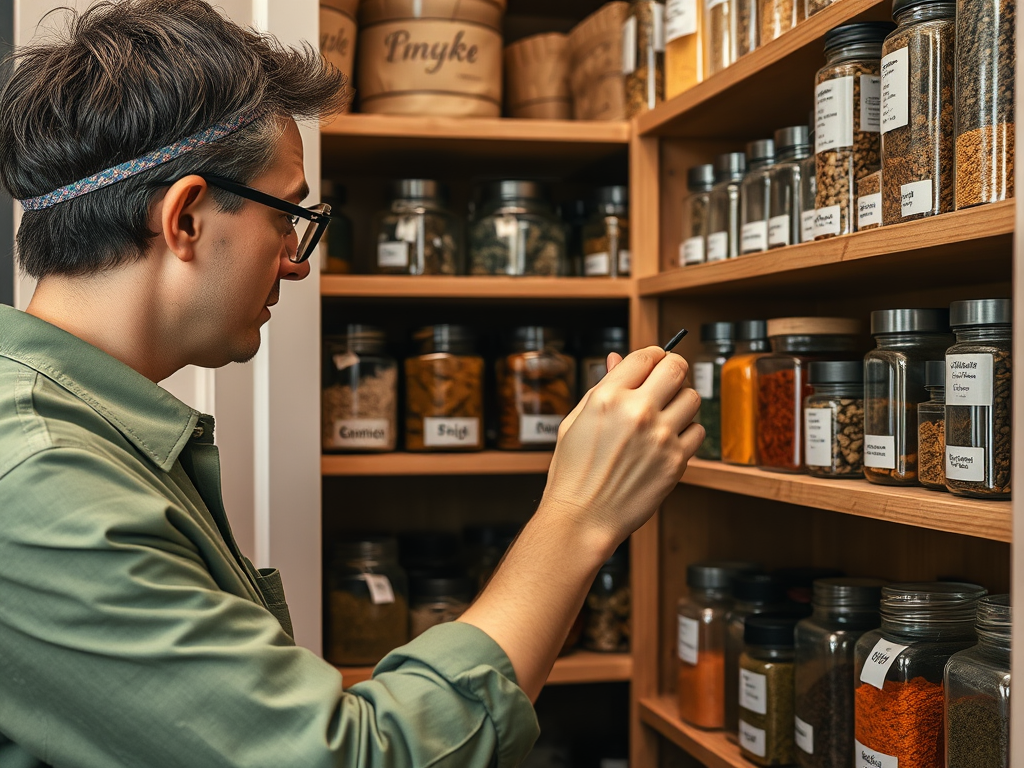Weevils, those tiny yet tenacious beetles, have become infamous for their stealthy infiltration of our food supplies. Their impact, while often underestimated, is profound, affecting everything from our pantries to our peace of mind. Each year, households and businesses alike face the daunting task of combating these pests, which can quietly turn a pantry into a wasteland of spoiled goods. An understanding of weevil behavior and their effects is crucial for anyone looking to safeguard their food. This article delves into the intricacies of weevil infestations, discussing how they invade our spaces, the consequences they bring, and strategies to keep them at bay. As you read on, you’ll gain insights into the fascinating yet frustrating world of weevils and discover practical solutions to ensure your food remains safe and weevil-free.
Understanding Weevils

Weevils are a type of beetle that belong to the family Curculionidae. They are distinguished by their elongated snouts and hard bodies. Typically, these pests are small, often measuring between 1/8 to 1/4 inch in length, and they can be found in various colors, including brown, black, and even gray. While they might seem insignificant in size, the damage they can inflict on food products is anything but trivial. Weevils target grains, legumes, nuts, and dried fruits, making them a common nuisance in households across the globe. Their lifecycle is particularly problematic; starting from eggs hidden within your food, they quickly multiply and establish a colony, compounding the issue further.
Among the diverse species of weevils, a few types are more frequently encountered in kitchens:
- Rice Weevil: Known for infesting various grains, they have a distinctive appearance with speckled wings.
- Flour Weevil: Typically found in flour products, their tiny size makes them difficult to detect until significant damage is done.
- Corn Weevil: These weevils prefer whole corn and can significantly impact stored grain supplies.
How Weevils Infest Food

The journey of a weevil infestation often begins at the grocery store. Many people are unaware that weevils can hitch a ride into their homes on packaged food products that are already infested. Proper inspection before purchase can be your first line of defense against an infestation. Weevils thrive in warm environments with access to food sources, and homes provide them with ample opportunities. Once they invade, their reproductive habits can lead to rapid population growth, making them increasingly challenging to control. Understanding the mechanics of this infestation can help develop effective prevention measures. One of the first steps in combating weevils is recognizing their feeding habits and the potential signs of their presence in the food.
Weevils are notorious for their destructive feeding behaviors. They not only consume food but also lay eggs within it, creating a breeding ground for future generations. This behavior results in significant food wastage, as infested products have to be discarded, leading to increased grocery bills. Here are some signs that your food may be infested:
- Visible holes in packaging
- Tiny tunnels or trails within the food
- The presence of live or dead weevils
Effects of Weevil Infestations
Weevil infestations can lead to various consequences that affect both personal finances and health concerns. The most apparent impact is economic; infested food must often be thrown away, causing direct monetary loss. Additionally, businesses dealing with large quantities of food products, such as restaurants and grocery stores, may face larger-scale economic repercussions. Pest control measures can also add to the financial burden. Beyond financial implications, some consumers may worry about hygiene and safety. While weevils themselves are not harmful to human health, their presence raises questions regarding the cleanliness of your food supply. This concern exacerbates the psychological impact of discovering an infestation.
Below is a comparison of potential costs associated with a weevil infestation:
| Cost Factors | Estimated Costs |
|---|---|
| Food Waste | $50 – $200 depending on the amount of infected food. |
| Pest Control Services | $100 – $500 for professional extermination. |
| Cleaning Supplies | $30 – $100 for deep cleaning after infestation. |
Preventing Weevil Infestations
The good news is that weevil infestations are preventable. By adopting a few straightforward strategies, you can greatly reduce the risk of these pests troubling your pantry. Effective prevention methods include proper storage techniques and regular household maintenance. Making sure that food products are stored in airtight containers is one of the best practices. This not only keeps weevils out but also preserves the freshness of your food. Additionally, regularly cleaning and inspecting your pantry will help you catch any early signs of infestation before they escalate.
Here are some tips for storing food properly to deter weevils:
- Use glass or plastic containers with tight seals.
- Avoid using paper or cardboard containers that can be easily penetrated.
- Label and date packages to ensure rotation and freshness.
Conclusion
Weevils pose a significant threat to food supplies and can severely disrupt the comfort of your kitchen. Understanding their behavior, the economic and health implications of infestations, and the prevention methods available can help you maintain a weevil-free home. By implementing proactive measures and staying vigilant, you can enjoy peace of mind and the safety of your food. Remember, the best defense against weevils is awareness and preparation.
Frequently Asked Questions
- What do weevils look like? Weevils are small beetles, typically brown or black, with a distinct long snout. They usually measure about 1/8 to 1/4 inch in length.
- Are weevils dangerous to humans? No, while weevils can spoil food, they are not harmful to human health.
- How can I tell if my food is infested? Look for signs like tiny holes in packaging, webbing, and the presence of live or dead weevils.
- What should I do if I find weevils in my food? Dispose of the infested food and thoroughly clean the storage area to eliminate any eggs or larvae.
- How can I prevent weevils from entering my home? Always inspect food purchases for signs of infestation and store food in airtight containers to deter weevils.